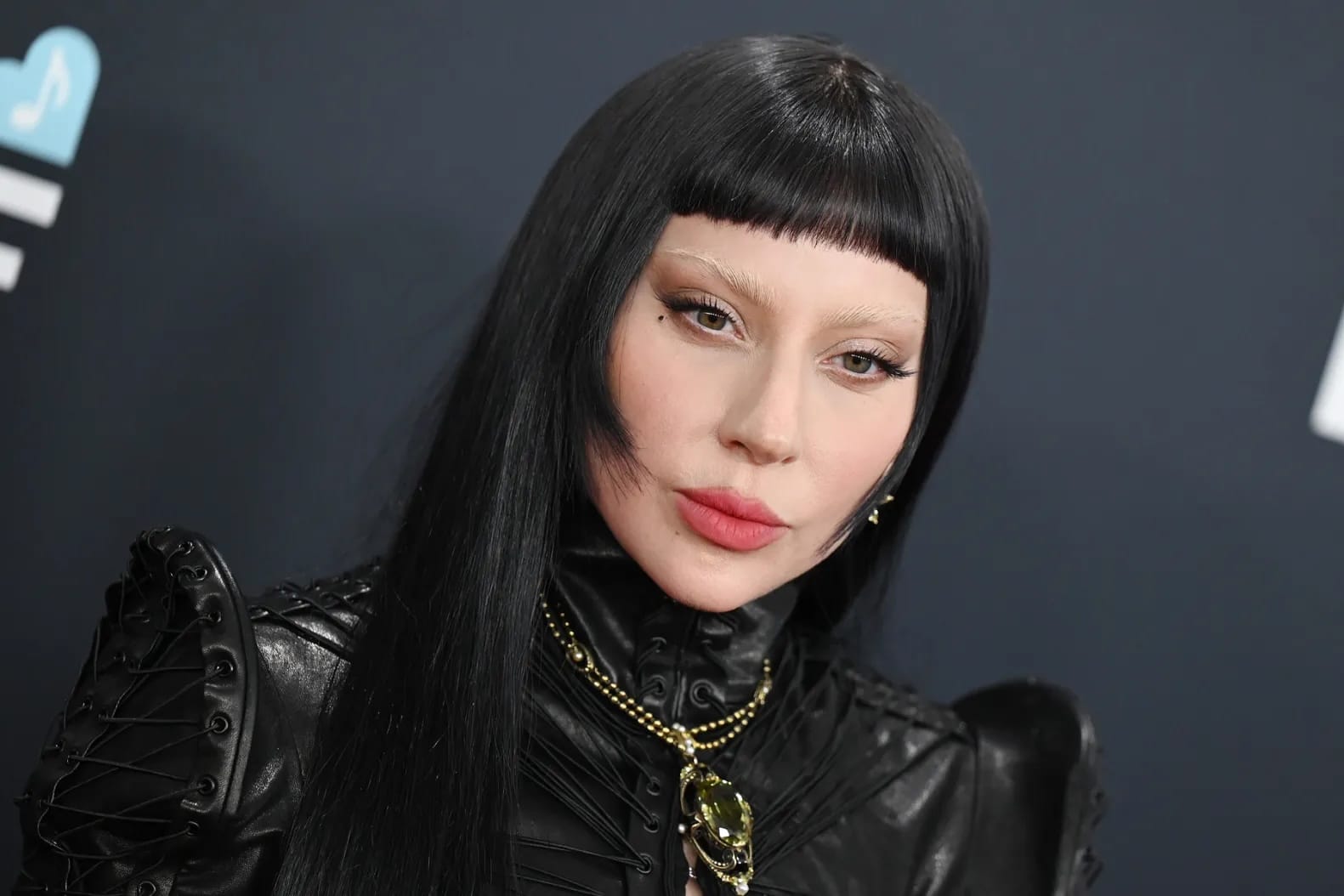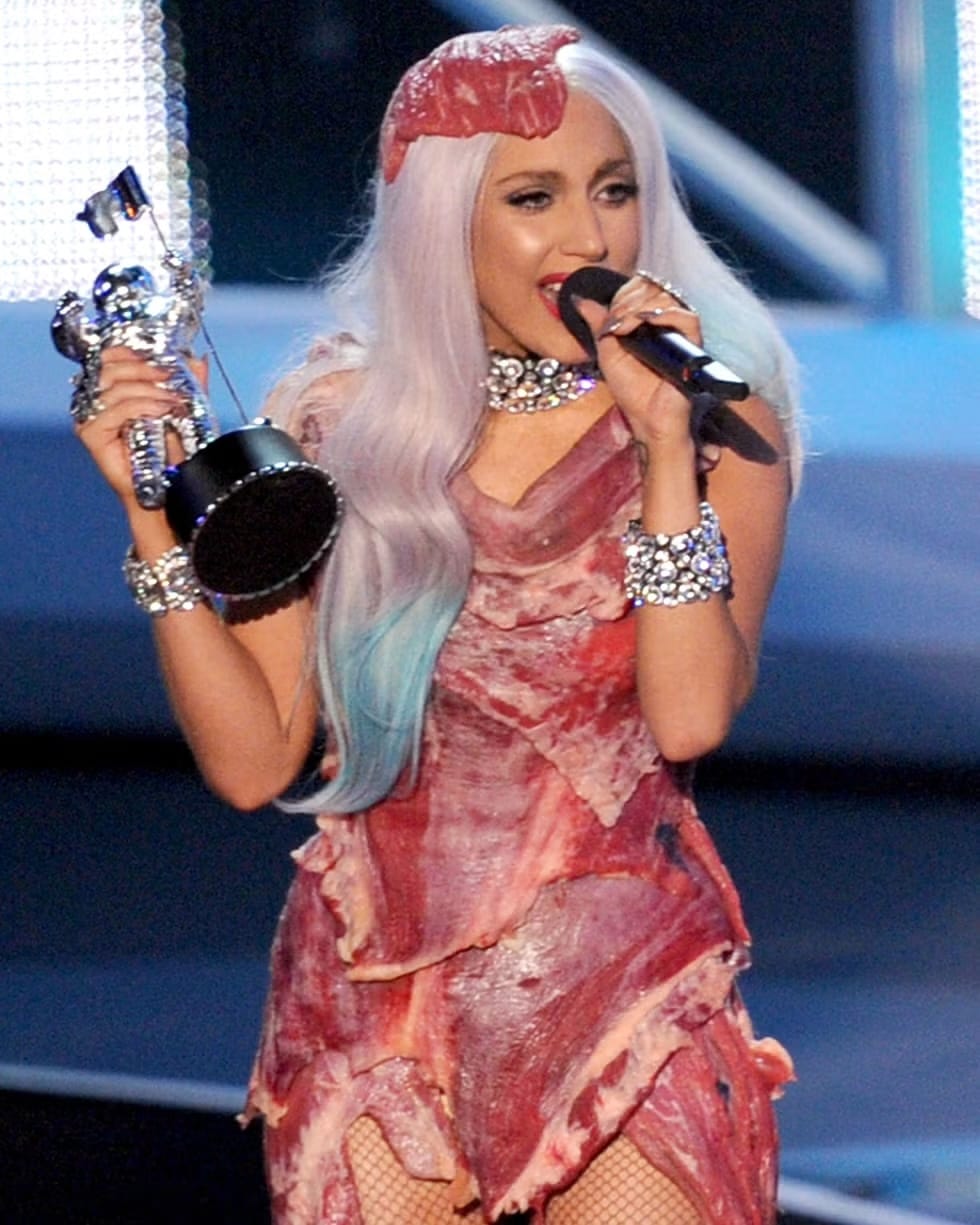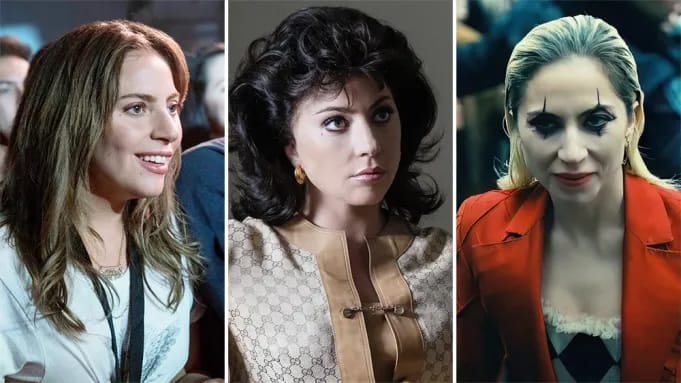Lady Gaga: When does art bend to expectation?

Lady Gaga once showed up at an awards ceremony in an outfit made entirely of raw meat. People either howled with laughter or recoiled in horror, but nobody forgot it. That moment is lodged in the public memory as an example of her capacity to surprise. She has always known how to make headlines, and it has paid off handsomely. Yet in a recent interview, she said she wants to be remembered not for these iconic moments, but as a “real artist.” She described her upcoming album, Mayhem, as a return to music for its own sake—a project shaped by creative instincts rather than commercial templates. The declaration invites two questions: can she truly wrest free from the expectations that come with global fame, and how far can any popular artist go before the needs of the audience start to overshadow personal expression?
Dazzle and Distract
From the moment Lady Gaga first exploded onto the airwaves, it was clear she was something different. People tired of mass-produced pop acts quickly flocked to her videos, eager to see how far she could push the boundaries of mainstream entertainment. Well-crafted hooks and commercial savvy quickly earned her a fiercely loyal fan base, calling themselves “Little Monsters,” and hit followed hit followed hit.
Of all the songs that helped launch Gaga's career, Poker Face holds particular meaning for me as it featured prominently in a local pantomime, in which a friend and I appeared as Cinderella’s ugly sisters—named, naturally, Lady and Gaga. Even now (more than a decade later), hearing the opening bars takes me back to those performances. A tiny tribute, I know, but one that demonstrates Gaga’s cultural impact—even reaching as far as a small rural village in Kent.
But as fun as they are, outlandish costumes and stunts risked eclipsing her finely honed musical skills, and the world sometimes forgot that she had been a serious student of music, had composed for other artists, and was capable of delivering a stirring ballad from behind a piano. The show overshadowed the musician. Yet that tension may have fuelled her creativity, driving her to juggle accessibility with experimentation.

The artist behind the persona
Over time, Gaga tried on different hats—pop star, jazz singer, actress—always returning to her roots as a songwriter. Albums like Joanne showed a more stripped-down approach that revealed her willingness to deviate from the template that made her famous in the first place. The shift sometimes confused fans who adored the futuristic disco queen but never quite warmed to her country-tinged guitar riffs. That confusion highlighted a broader problem: can an artist repeatedly zigzag between styles without losing the people who keep the lights on?
When A Star Is Born arrived, she stepped into a role that proved she could handle stripped-back authenticity on camera as well. The film’s emotional spine rested on her ability to project raw honesty, and she delivered. The acclaim that followed showed she didn’t need a dancing troupe or a flamboyant outfit to wow an audience. An accomplished performance and a microphone were enough. Yet after the dust settled, she returned to the pop world, raising the question of what she truly wanted: flamboyant performance art or something more timeless?
The promise of Mayhem
Enter Mayhem, described by Gaga as a new direction that refuses to fit into any particular category. She claims it’s music on her own terms, without compromise. One wonders if that can be sustained for long. The music business can be unforgiving, and record labels prefer safe bets. Lady Gaga’s brand, built on the interplay of shock and catchy tunes, is hardly a safe bet in theory, but it has proved lucrative in practice. Executives watching her moves likely see a tested formula. They might applaud her creative drive, but they will also check spreadsheets to ensure the bottom line is never far from view.
Still, she has more clout than most. Few can sell out arenas with as much ease, and few can pivot to a glitzy Las Vegas residency one moment, then a heartfelt acoustic set the next. That kind of versatility buys a fair amount of creative freedom. If Mayhem leans more avant-garde than her label is used to, they may well indulge her, at least at first. Whether the broader audience will follow is another matter.

Art vs. Audience
A question nags at many ambitious performers: do they make what’s in their heart, or give the crowd what it expects? The real artistry lies in bridging that gap gracefully. Some never manage it, creating music that pleases themselves but leaves audiences cold. Others pursue commercial success so relentlessly that they’re left with no artistic soul at all. Gaga’s entire career has been defined by her attempt to do both. Her output can feel like a tug-of-war between her classical training and her carnival-barker sense of show.
She has often said that fans save her from isolation, that she owes them honesty in her music. But honesty can be a fragile thing once thousands of paying customers have an opinion. People want her old dance bangers while others urge her to evolve. She tries a new style, and someone inevitably clamours for the version of Gaga they grew up with. At times, it’s a no-win scenario. Yet those same constraints can bring out fresh ideas. It’s a paradox: constraints keep an artist tethered, yet may push them to innovate within the lines.
A history of reinvention
One can’t ignore the many times Gaga has reinvented herself. From the early pop anthems to jazz duets with Tony Bennett, she’s shown she can pivot and still hold attention. Each transition was successful in its own way, even if some fans grumbled. This proves she’s no one-trick pony. It also confirms that audiences are willing to move with her, provided the shifts remain grounded in quality. She can belt a ballad or strut in a futuristic jumpsuit without losing the essence that keeps people interested—her knack for connecting on an emotional level. That might be the secret behind her longevity: even at her most outlandish, there’s always a human pulse running through the theatrics.

Authentic or another mask?
Her recent interview underscores her wish to be seen as more than the sum of her outrageous headlines. She insists there’s real artistic depth behind the rainbow lights and paparazzi flashbulbs. Fans who’ve followed her from the beginning know she’s capable of a thoughtful lyric and a well-crafted melody. Skeptics may roll their eyes and say that claiming authenticity while holding a rhinestone sceptre is an old trick in pop. Yet the woman behind the stage name has shown genuine vulnerability—open discussions of mental health, heartbreak, and the creative anxieties lurking behind the big productions. These details suggest her quest for “real art” is not a hollow stance.
That doesn’t guarantee Mayhem will break the charts, nor does it guarantee the album will be a purely non-commercial venture. High-profile artists carry expectations; her fans will flock to a new release anticipating either anthemic dance tracks or a bold experiment. Others will be curious to see if there’s a single as catchy as “Bad Romance.” The challenge will be reconciling her vow of artistic freedom with an audience conditioned to want immediate, massive tunes that define the summer radio roster. She may well deliver both, but there’s always the risk that one side of the equation gets short-changed.
Whether Mayhem becomes an enduring work of experimental bravado or simply another rung on the pop ladder, Lady Gaga remains one of pop culture’s greatest shape-shifters. Her desire to be revered for her artistry rather than her stunts reflects a concern shared by many performers who started with a bang: how to ensure the bang isn’t all anyone remembers. For Gaga, the next chapter will show if she can convincingly stand by her claim of letting art lead the way, ignoring the gravitational pull of mainstream expectation.
It might be naive to think an artist of her stature can operate in a vacuum, free from commercial realities or public craving. Yet her career so far suggests an unusual capacity to deliver something both fresh and broadly appealing. She has outmanoeuvred the standard pop star life cycle more than once. This may be her moment to refine her core strengths and prove that beneath the fireworks, there’s genuine depth—a musician who can transcend the demands of the marketplace when she feels the muse beckon.
In the end, Lady Gaga’s biggest challenge may be reminding the world that her initial success sprang from real songwriting skill, performed with unstoppable energy. The show is a flourish, not the root. If she can keep that root healthy while feeding the fans a few fireworks along the way, she might reconcile the twin pressures of commercial success and genuine artistic ambition. Then, meat dresses or not, her claim to be a “real artist” might ring true for everyone.
